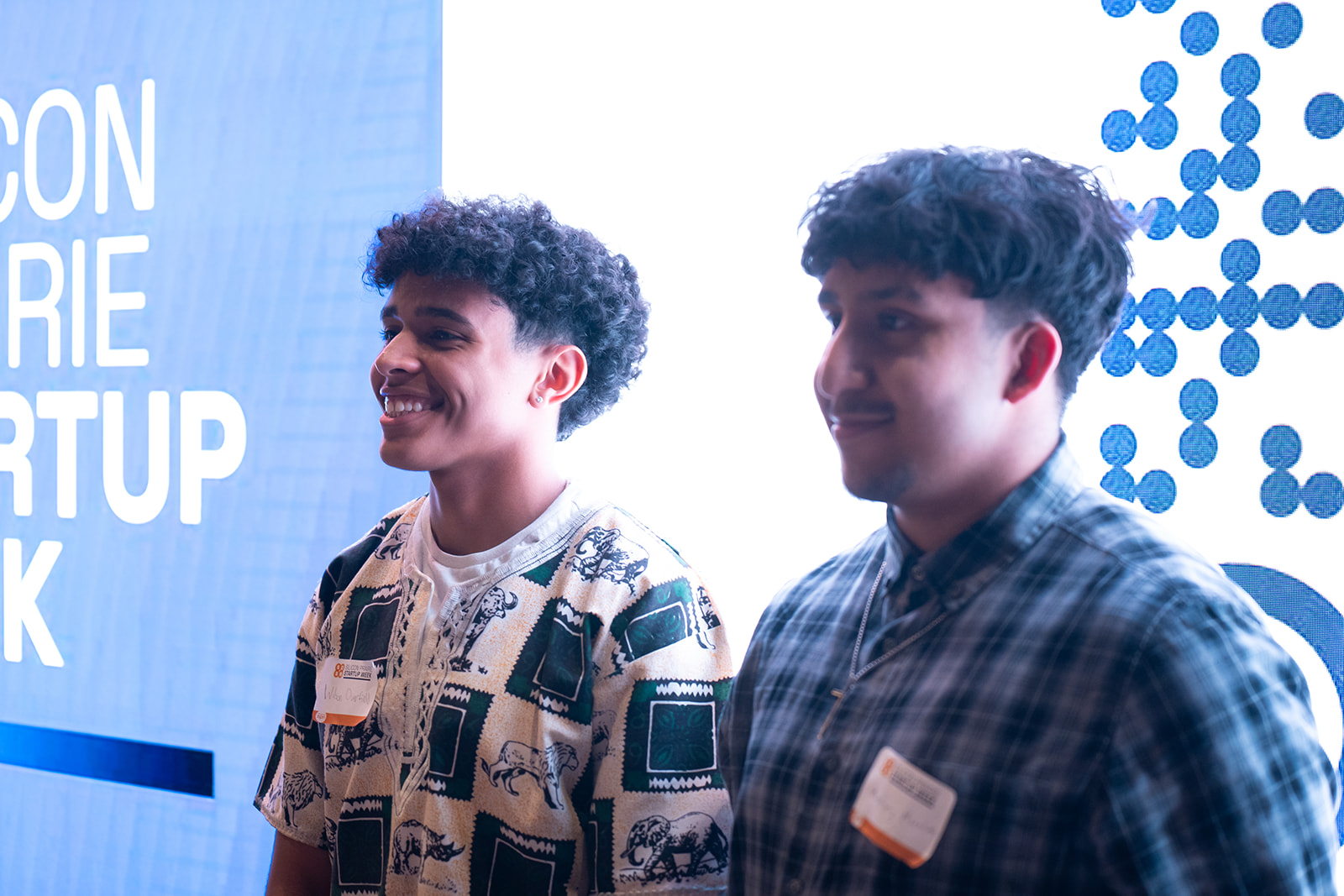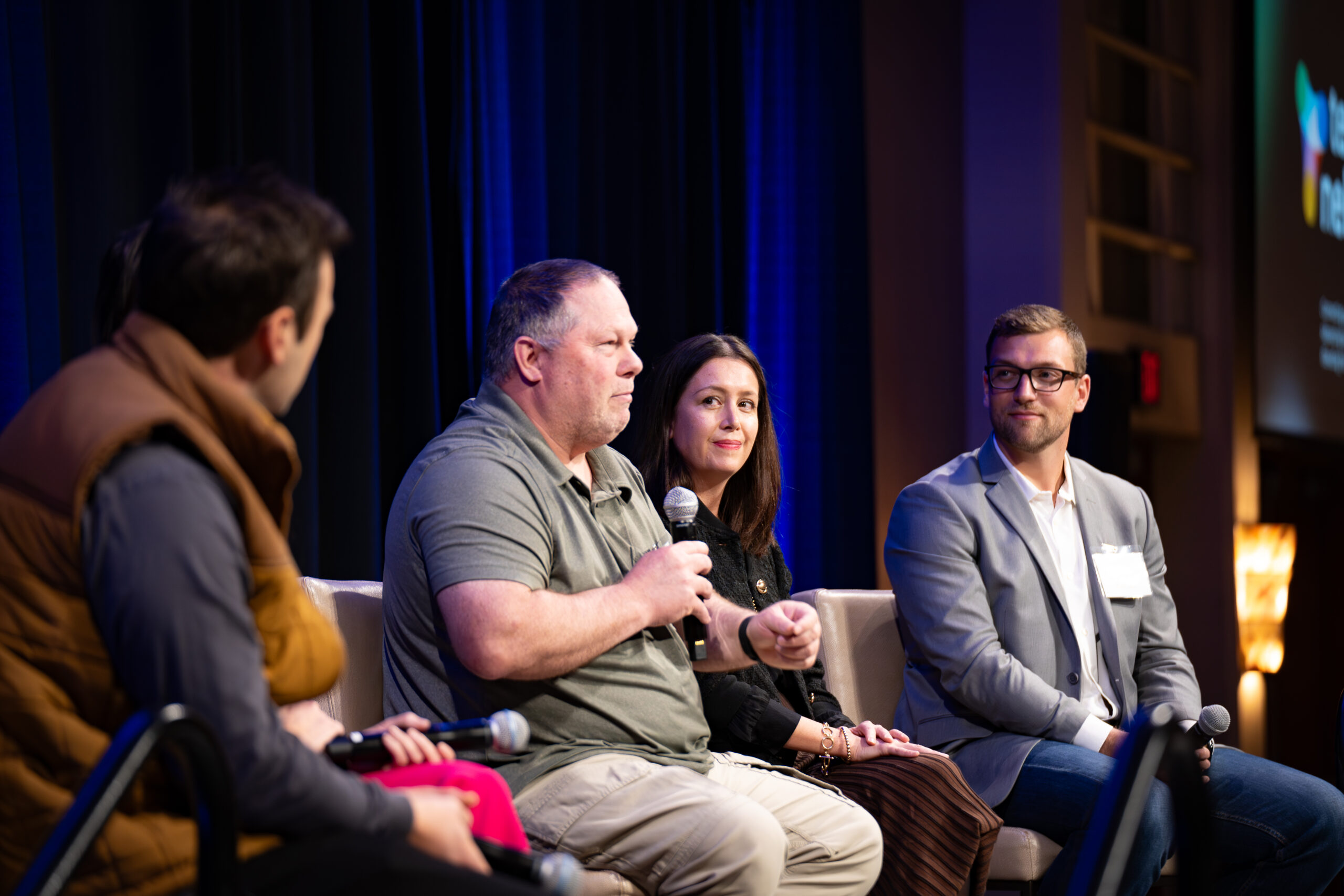Michael Raynor delivered the midday keynote on Wednesday at the inaugural iKC conference.

Michael Raynor is a director at one of the world’s largest consulting firms, Deloitte Consulting, where he works with executives of world-leading companies across a variety of industries. His résumé doesn’t stop there though, as he’s also written multiple best-selling books on innovation, including “The Innovator’s Manifesto,” which he published last year.
Ten years of consistent study tend to make a person knowledgeable on a subject, and Raynor showed that in delivering the midday keynote on Wednesday at the inaugural iKC conference at H&R Block World Headquarters in Kansas City, Mo. Below are a few main takeaways from Raynor’s talk on innovation and disruption theory, which drew heavily from his 2011 book. (For more about iKC, see our recap from last week: “Kansas City’s collaborative spirit lies at heart of inaugural iKC.”)
“We’re on the cusp of managing innovation more effectively.”
Those words spoke to Raynor’s overarching message, which was that innovation can be better predicted. Raynor contends that the success of innovation can be more probabilistic. With more accurate prediction comes a better understanding of how to foster innovation and move companies and industries forward.
Industries run on frontiers.
In his studies of company innovation, Raynor began to plot companies’ business models based on their relative cost position and their non-price value. These plots established productivity frontiers by which companies were positioned in their industries.
Raynor’s model positions a company based on its strategy and determines any company on the frontier of its industry to be demonstrating current operational excellence. While the frontier is where companies strive to be, it can be moved forward through disruptive innovation.
Disruptive innovation is a specific type of innovation.
Now more than ever, innovation is necessary to compete and stay on industry frontiers, Raynor said. Pushing frontiers with disruptive innovation is another animal. That an animal, Raynor said, is built on three foundations: an initial focus on a marginal segment of the market, a new business model with different constraints and technology that allows for increased performance.
“Disruption results from the combination of new business models enabled by existing technologies that together make possible what incumbents cannot even dream of,” Raynor said. “Not because it is beyond their imaginations, but because it is beyond their desires. The overthrow of the old order is upon us when incumbents cannot respond even when they realize that they must.”
Technology enables disruptive innovation.
Many of the opportunities for disruption in today’s industries are due to emerging technologies. Raynor gave numerous examples, ranging from Netflix taking to the web to Southwest Airlines investing in newly developed planes. Raynor’s research has shown that technology can “increase the performance of the business model without requiring a change to the model.”
Innovation success can be better predicted.
A recent trend in the innovation space has been “fail fast, fail cheap,” but Raynor is not a fan of the philosophy. “While minimizing the cost of failure,” he said, “it also limits success.”
Instead, Raynor believes companies should target disruptive innovation in a calculated nature.
He has taken the basics of disruption theory to university classrooms and found significant success. Following simple classifications, such as entrant vs. incumbent, students have been able to increase their accuracy of projecting innovation success from 51 percent to 81 percent after a one-hour lecture by Raynor.
Companies that embrace that thinking, Raynor said, “bring a gun to a knife fight” with the competition.
Credits: Photo of Raynor courtesy of Think Big Patners.




